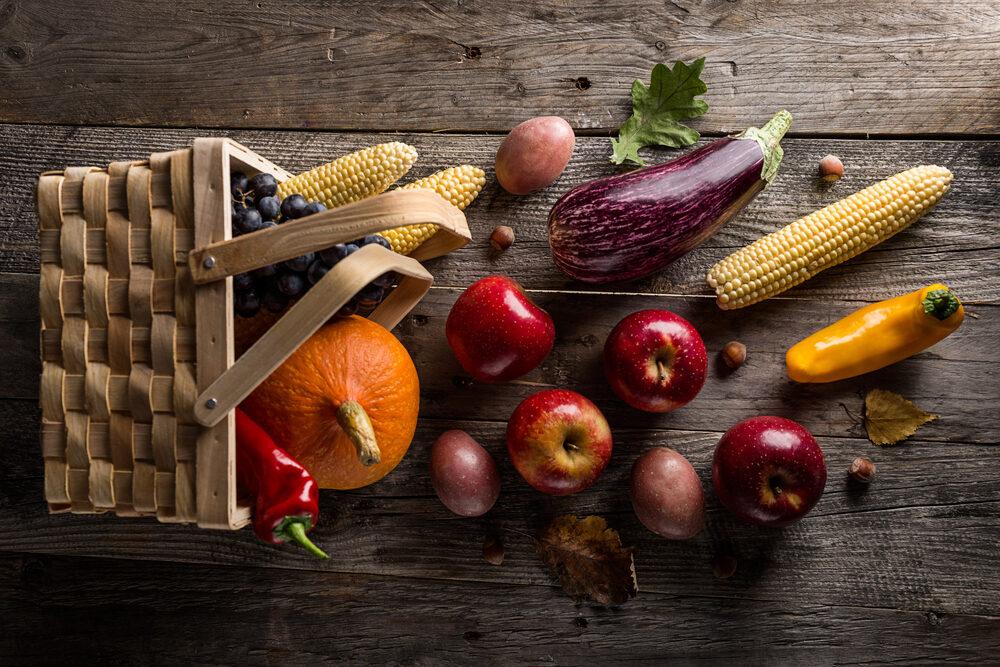Autumn is the perfect time for visiting your neighborhood farmers market. You’re sure to find baskets brimming with sweet apples, plump cabbages, and luscious winter squash. It’s the most bountiful season as the harvest reaches its peak, and farmers work in a frenzy to gather the abundance before the weather cools and fields lay dormant for winter.
Fill your baskets with some of these fall favorites for a season of delicious, nourishing meals.





